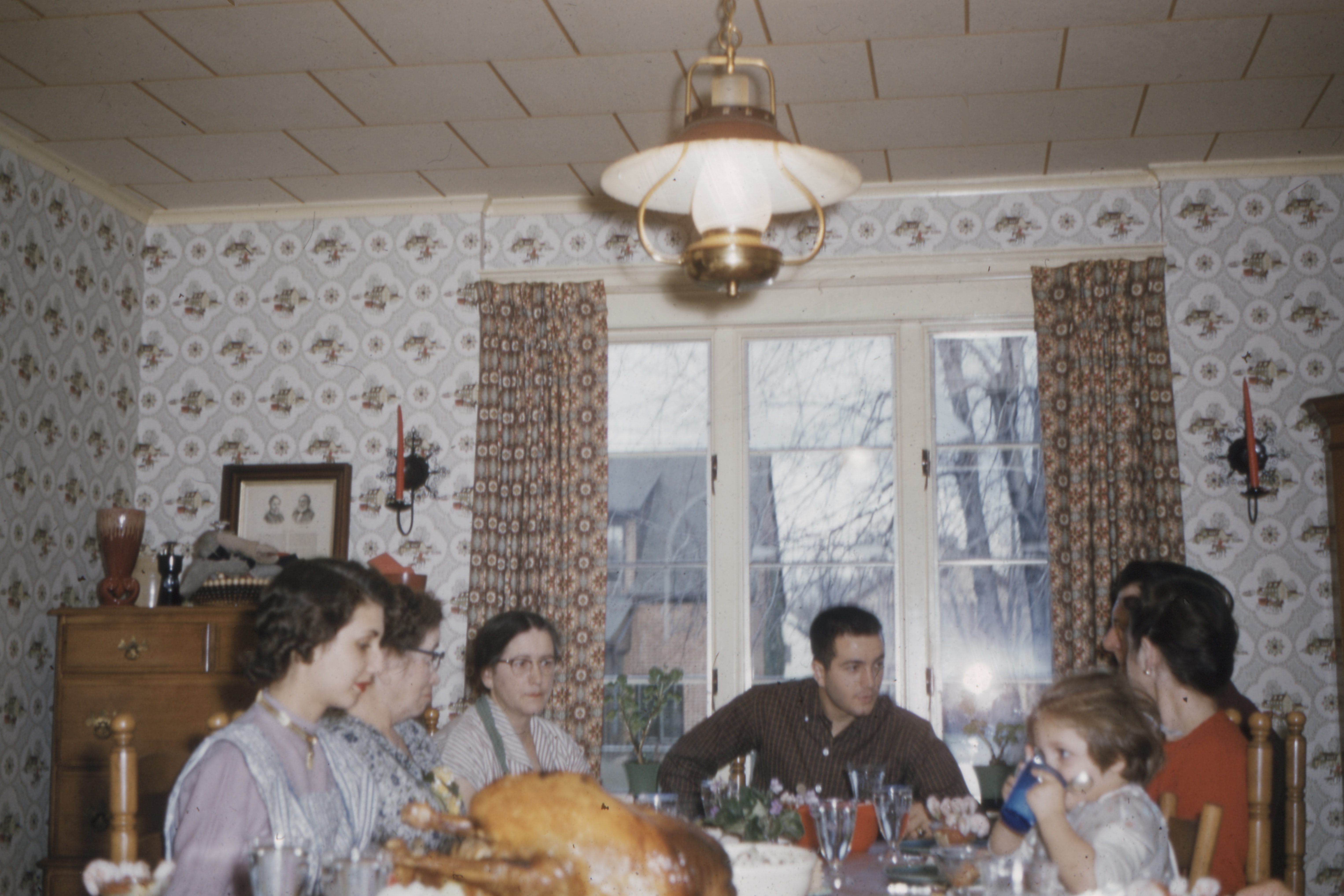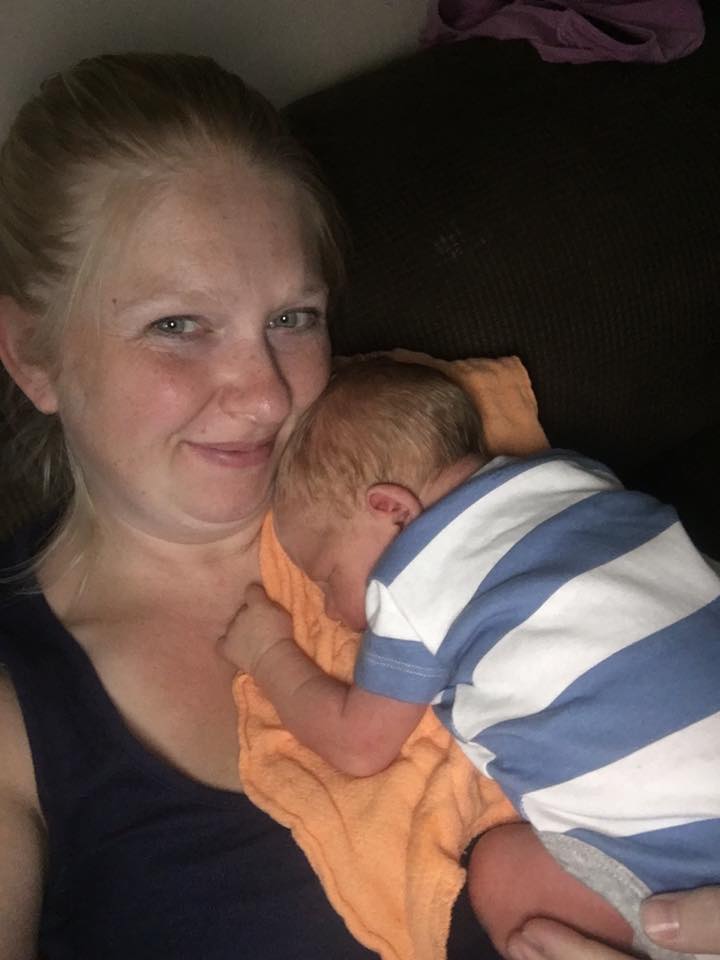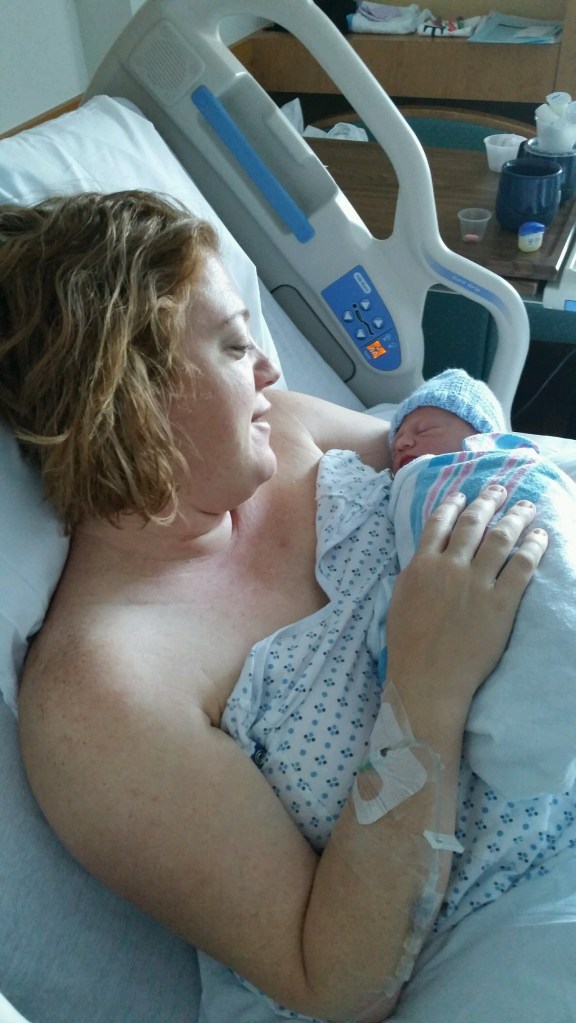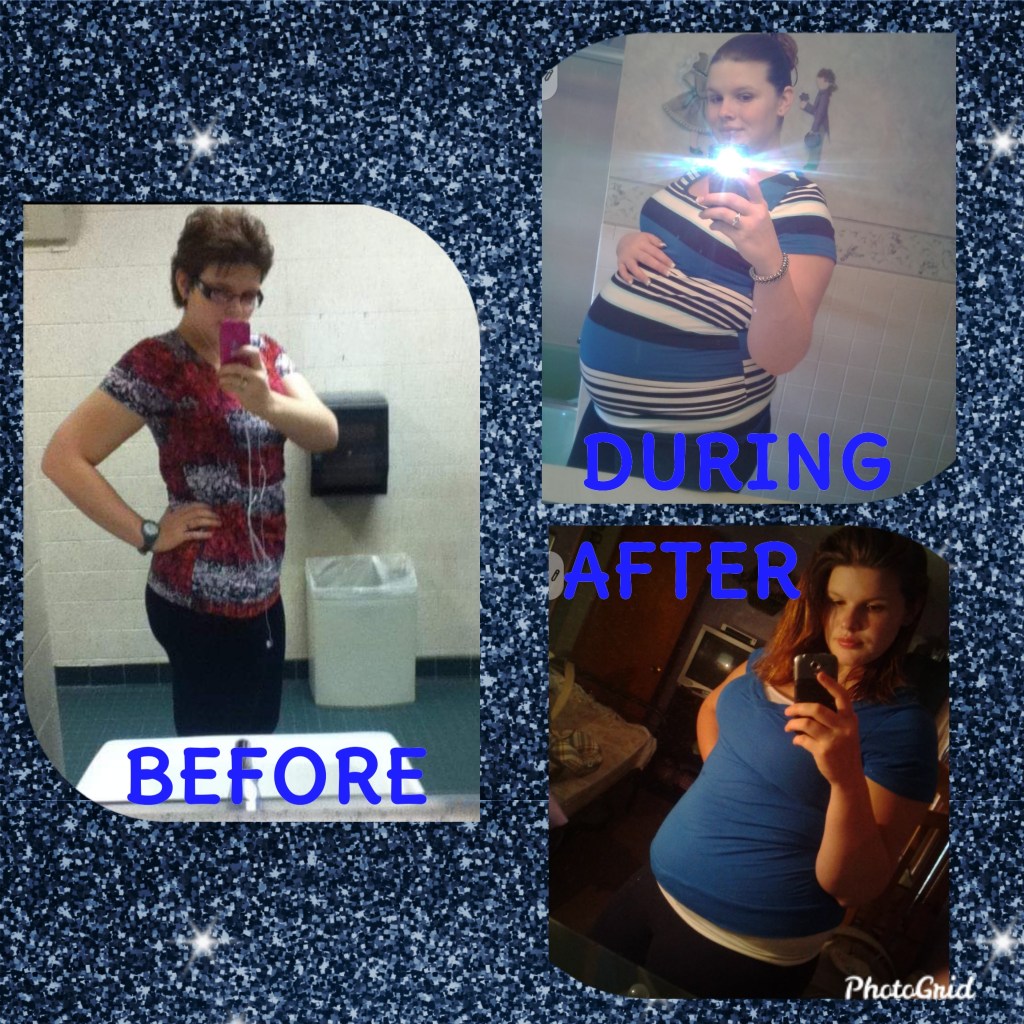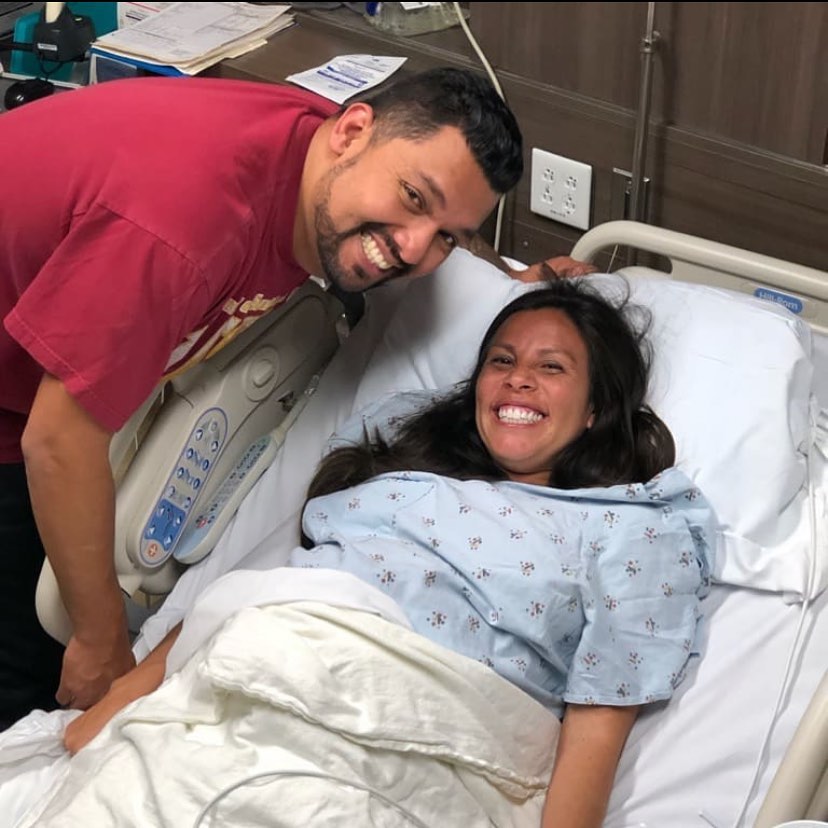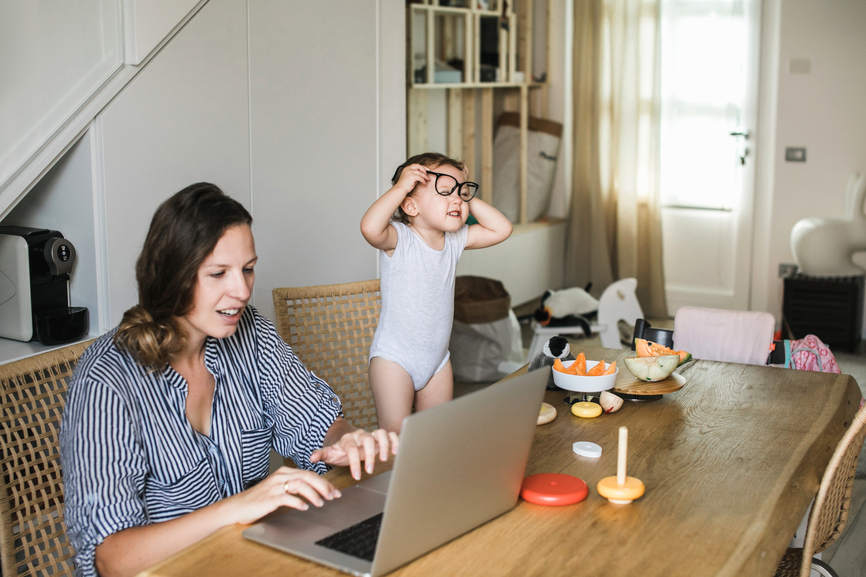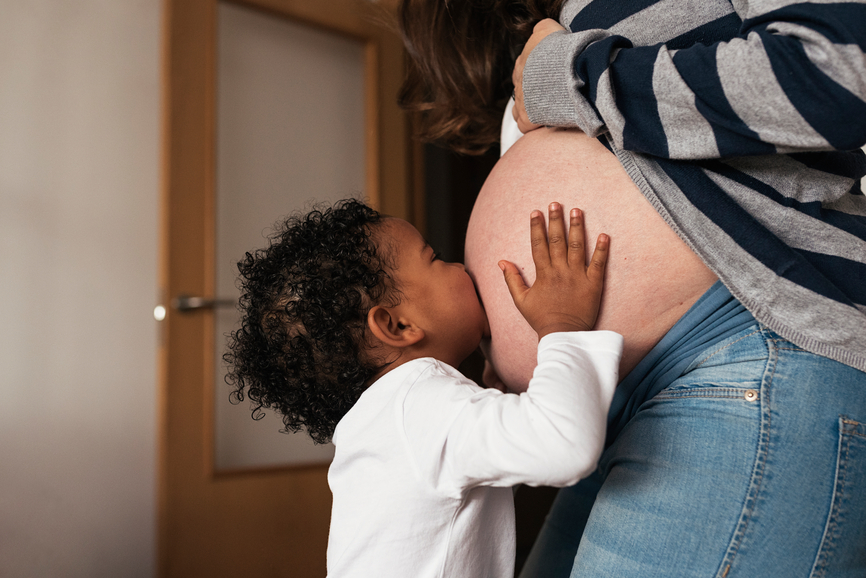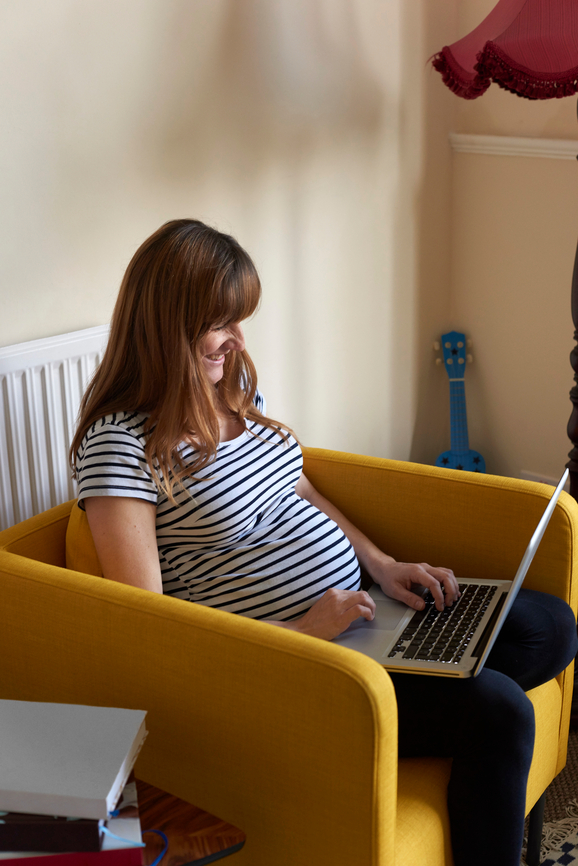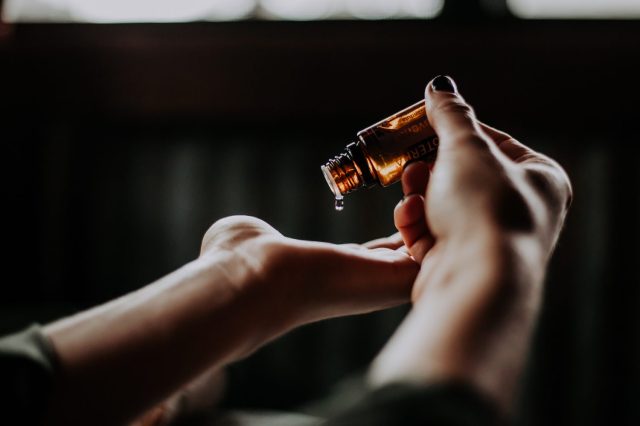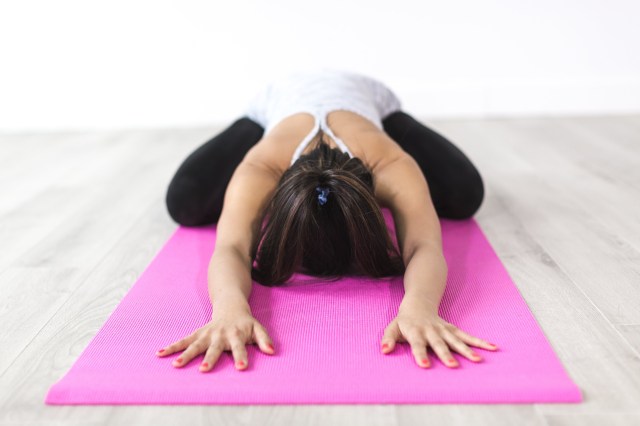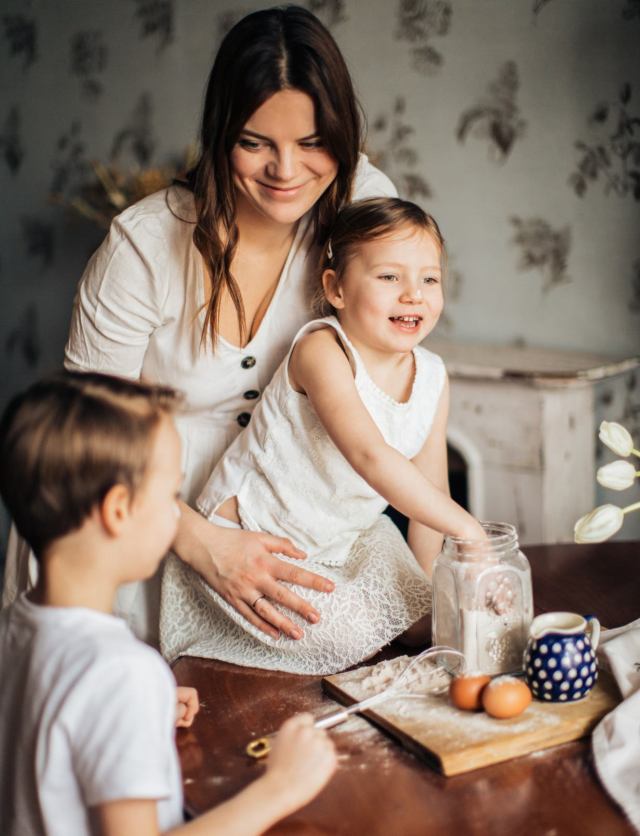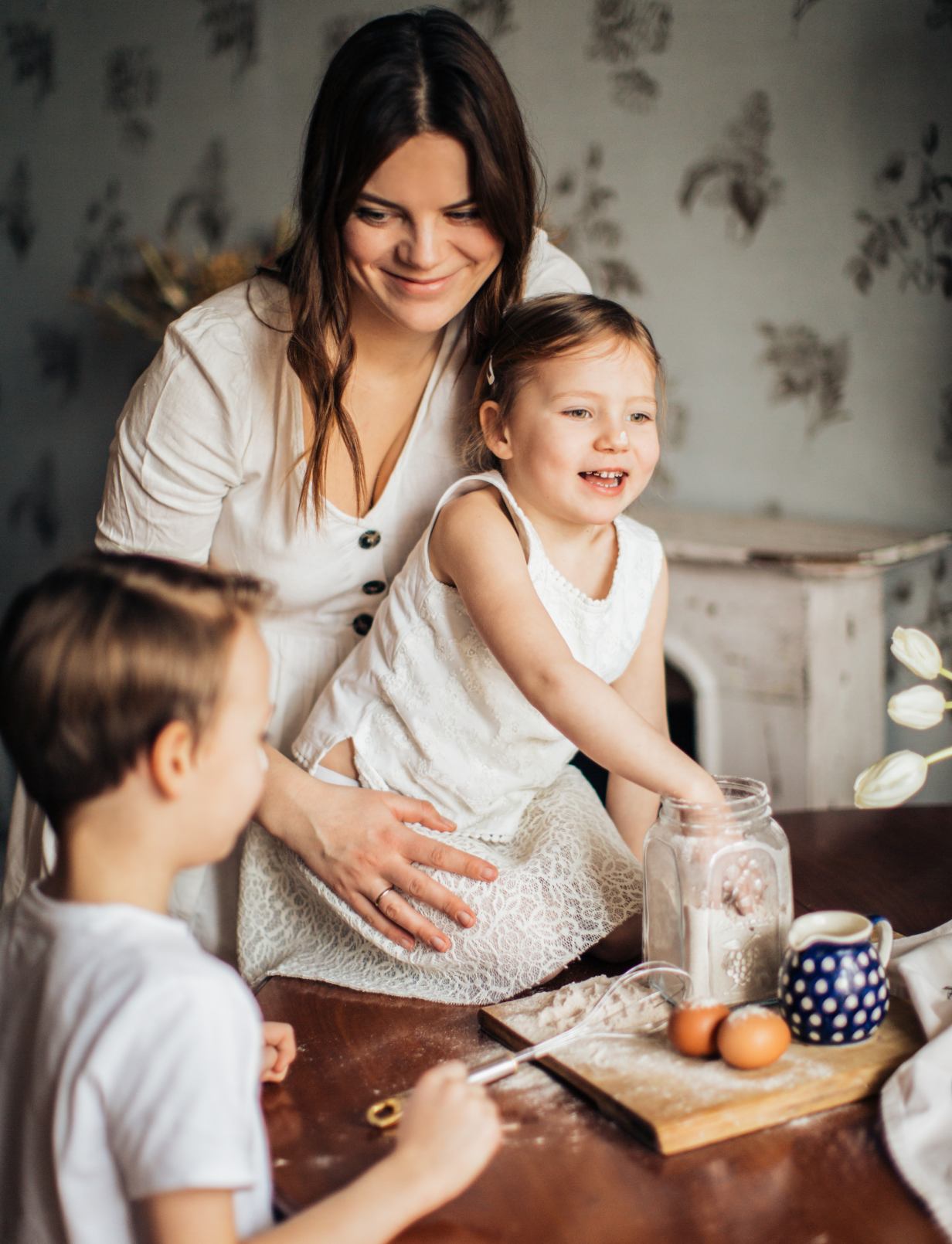
As we enter the new year, many people traditionally start new workout routines in an effort to lose weight or get in shape. For women who are pregnant this new year, however, some different rules apply. Here are some things for you to keep in mind about exercising while pregnant, especially during the pandemic.
Exercise & Pregnancy
Whether you are pregnant and thinking about starting a new exercise routine, or you are already used to an exercise regimen and wonder if it’s safe to continue now that you’re expecting, this Q & A will provide some important insights for you. As ever, please consult your trusted care provider for specific advice about your unique pregnancy.
1. Is exercise during pregnancy safe? The short answer is yes—as long as the exercise program remains the same as it was before pregnancy. In other words, this isn’t the time to start a new workout routine, or to go from not exercising to exercising vigorously. If you haven’t been exercising much at all previously, it is still recommended that you get some daily movement in, such as taking a walk. In my experience, I have not seen any adverse effects from exercising in pregnancy.
2. What if I don’t feel like exercising? The baby won’t be hurt by stopping your pre-pregnancy exercise program. You could try cutting back but still exercising a little if this feels more doable. And as mentioned above, incorporating some light movement, such as walking around your neighborhood, will help you and your baby maintain good health throughout your pregnancy.
3. Is walking or exercising outside safe during the pandemic? During these COVID-19 times, outside is a safe place to be as long as you practice social distancing. However, you should always wear a mask, even when outside, if you are exercising anywhere that you will be around other people.
4. Will a mask interfere with my exercise? Yes, probably. It will take more time to get fresh air into your lungs with a mask on. Still, wearing a mask is the safest thing to do for you and your baby when around others outside your household—even if it causes some discomfort. You can slow down your exercise if breathing through the mask becomes overly bothersome. You can also breathe with your mouth open.
5. Will my baby be smaller if I exercise during pregnancy? Probably not, as long as you haven’t started a new exercise program. Exercise at your pre-pregnancy levels or a little less and eat a well-balanced diet and you and your baby will likely gain weight normally.
Incorporating movement into your day is healthy for you and your baby. The main thing to remember is that now is not the time to challenge yourself to a new routine or to increase your pre-pregnancy exercise regimen. Gaining weight during pregnancy is normal and healthy. Stay in touch with your doctor to track your weight and blood pressure throughout your pregnancy and make sure your health stays on track for the best pregnancy and birth outcomes.










